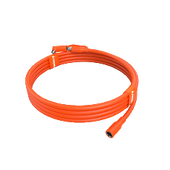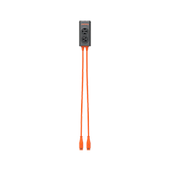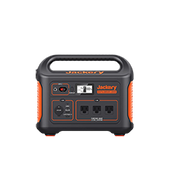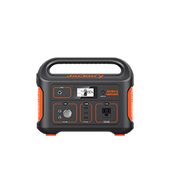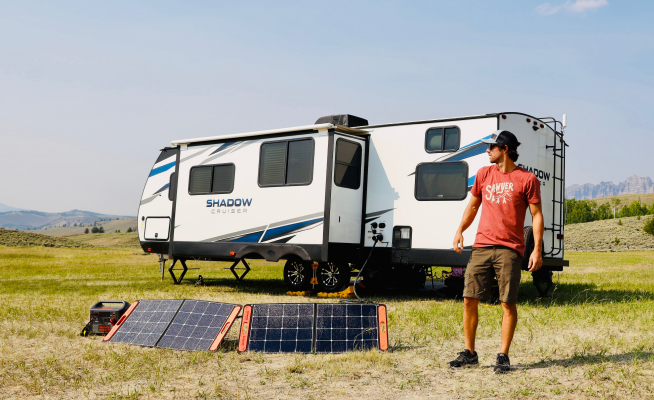In the far reaches of remote areas, where the absence of traditional power infrastructure poses a formidable challenge, communities grapple with the pressing need for reliable energy sources. These isolated regions, whether nestled in dense forests or perched on the fringes of deserts, face unique energy predicaments that hinder their development and connectivity. As global attention pivots towards sustainable living and off-grid solutions, the demand for alternatives to conventional power systems in these remote pockets intensifies.
Amidst this paradigm shift, solar battery chargers emerge as pivotal players in addressing the energy challenges of remote areas. Harnessing the inexhaustible power of the sun, these devices not only offer a sustainable energy solution and provide a lifeline for communities seeking independence from centralized power grids. This article explores the significance of remote areas, the escalating demand for off-grid power solutions, and the central role solar battery chargers play in illuminating the unseen corners of our planet, where connectivity meets the sun's rays in a dance of innovation and sustainability.
Get to Know About Solar Battery Chargers
Solar battery chargers are devices designed to harness energy from the sun and convert it into electricity to charge rechargeable batteries. They are portable and often used to power small electronic devices, such as smartphones, cameras, and other gadgets. The key components of a solar battery charger typically include solar panels, a charge controller, and the rechargeable battery itself.
- Solar Panels: The solar panels are made up of photovoltaic cells that capture sunlight and convert it into direct current (DC) electricity. These cells are usually made of semiconductor materials, such as silicon, which release electrons when exposed to sunlight.
- Charge Controller: The charge controller is an essential component that regulates the flow of electricity from the solar panels to the battery. It ensures that the battery is not overcharged, which could damage the battery over time. Additionally, the charge controller prevents the battery from discharging energy back into the solar panels during periods of low or no sunlight.
- Rechargeable Battery: The rechargeable battery stores the electricity generated by the solar panels. These batteries are designed to endure frequent charging and discharging cycles. Common rechargeable batteries used in solar battery chargers include lithium-ion, nickel-metal hydride (NiMH), and lead-acid batteries.
The working principle is relatively straightforward: when the solar panels are exposed to sunlight, they generate an electric current. The charge controller regulates this current and directs it to the rechargeable battery, where it is stored for later use. Users can then connect their electronic devices to the solar battery charger to draw power from the stored energy in the battery.
Solar battery chargers offer a sustainable and eco-friendly way to power small devices, particularly in remote areas or during outdoor activities where access to traditional power sources may be limited.
Types of Solar Battery Chargers
solar battery chargers come in different types, each designed to meet specific needs and preferences. Here are some common types of solar battery chargers:
- Portable Solar Chargers
Portable solar chargers are small, lightweight devices designed for charging small electronic devices such as smartphones, tablets, and cameras. They are ideal for people on the move, such as hikers, campers, and travelers. These chargers typically have foldable or flexible solar panels for easy portability.
- Solar Power Banks
Solar power banks combine the features of a portable charger with solar panels. They have a built-in rechargeable battery that can be charged conventionally using an electrical outlet and can also be charged using solar energy. Solar power banks are versatile and provide a convenient solution for charging devices in outdoor settings.
- Larger-Scale Solar Charging Systems:
These systems are designed for more extensive power needs and may include multiple solar panels connected to a central charging unit and battery bank. They are suitable for powering larger devices, running lights, or supporting off-grid setups.
How Efficient and Reliable Are Solar Battery Chargers Converting Solar Energy into Usable Power?
The efficiency and reliability of solar battery chargers in converting solar energy into usable power depend on several factors, including the technology used, the quality of the components, and the environmental conditions. Here are key considerations:
- Solar Panel Efficiency:
In recent years, solar panels have substantially improved efficiency, with an increase from an average conversion rate of approximately 15% of sunlight into usable energy to around 20%. Some high-efficiency solar panels can achieve rates nearing 23%. Jackery Solar panels efficiency rate can reach up to 25%.
The efficiency of solar panels is influenced by factors such as the type and design of photovoltaic cells, contributing to cell efficiency, as well as overall panel efficiency, which considers factors like cell type, layout, and size.
Manufacturers typically provide an efficiency rating based on standard test conditions, offering a reliable measure of performance. A higher efficiency rating indicates that a panel will generate more power than a less efficient one, potentially reducing the overall number of panels needed.
- Solar Battery Charger Controller:
Charge controllers play a crucial role in regulating the charging process and protecting the battery from overcharging or discharging. High-quality charge controllers are essential for maintaining the health of the battery and ensuring efficient energy conversion.
There are two types of controllers:
- PWM charge controllers: These are optimal for modest systems like off-grid setups with only a handful of solar panels and a battery, such as those powering recreational vehicles (RVs). While PWM controllers are more budget-friendly, they exhibit lower efficiency compared to MPPT charge controllers.
- MPPT charge controllers: well-suited for larger off-grid systems, like those providing power to cabins. Although slightly pricier than PWM charge controllers, MPPT controllers offer increased efficiency and are better equipped to handle more substantial solar setups.
- Battery Type and Capacity:
The type and capacity of the rechargeable battery used in the solar battery charger influence the overall performance. Lithium-ion batteries are commonly used for their high energy density and longer lifespan. The capacity of the battery determines how much energy can be stored for later use.
- Environmental Conditions:
Solar battery chargers are influenced by environmental factors such as sunlight intensity, angle, and weather conditions. They perform optimally in direct sunlight, but their efficiency may decrease in cloudy or overcast conditions. Some advanced models are designed to capture diffused sunlight, but overall performance may still be affected.
- Usage Patterns:
The efficiency and reliability of solar battery chargers also depend on how they are used. Regular usage, proper maintenance, and adherence to manufacturer guidelines contribute to prolonged efficiency and reliability.
- Inherent Limitations:
Solar battery chargers are generally suitable for small-scale applications, like charging mobile devices or small electronics. They may not be as efficient for larger power needs due to their size and the limited energy output of portable solar panels.
Solar Battery Chargers in Remote Areas
Remote areas face a myriad of challenges in terms of power supply and accessibility, often characterized by a lack of infrastructure and geographical isolation. Here are specific challenges that contribute to the energy predicaments in such regions:
Lack of grid connection:
Most of the remote areas remain unconnected from the national or regional grid, leaving them with no option to access reliable and affordable electricity. This is to mean that they are not in a position to use modern appliances and technology to better their life standards and improve productivity.
Inadequate Energy Resources:
Remote areas may lack access to conventional energy resources like coal, natural gas, or hydroelectric power. This absence of local energy sources exacerbates their dependency on external solutions, making it crucial to explore sustainable alternatives. Providing basic lighting and communication.
Solar Battery Charger is the Answer to the Off-Grid Problem
The adaptability of solar battery chargers shines through as a transformative solution to the multifaceted challenges posed by off-grid living. These chargers offer a decentralized and sustainable energy source, providing resilience and empowerment in environments where conventional power infrastructure is lacking. Here's how their adaptability addresses key challenges:
Versatile Application
Solar battery chargers come in various forms, from portable chargers and solar power banks to larger-scale systems. This versatility allows them to cater to diverse energy needs, providing reliable energy support for essential devices, whether it is for long-term RV off-grid living or short-term remote adventures.
Portability and Accessibility
The portability of solar battery chargers enables easy deployment in remote locations. Whether individuals need to charge devices on a hiking trip or communities require an emergency power source, the accessibility of these chargers ensures adaptability to the dynamic energy demands of off-grid living.
Reduced Reliance on Traditional Infrastructure
By providing a decentralized energy source, solar battery chargers lessen the dependence on traditional power infrastructure, which is often impractical or economically unviable in remote areas. This adaptability ensures that individuals can generate and store power independently, overcoming the limitations of centralized grids.
Climate-Resilient Energy Generation
The adaptability of solar battery chargers extends to their resilience in various environmental conditions. Solar panels can generate electricity even in off-grid areas with challenging climates, making them a reliable and adaptable solution for regions facing extreme weather or geographical isolation.
Cost-Effective Solutions
Solar battery chargers offer cost-effective solutions for off-grid living. Their adaptability lies in the ability to provide sustainable energy without the need for extensive infrastructure investments. This cost-effectiveness makes them viable for communities with limited financial resources.
Jackery Solar Battery Chargers: The Best Choice for Remote Areas
In remote areas, you should prepare multiple solar battery chargers to cover both daily demands, which should be rather portable, and emergency preparation, large capacity is required.
Daily Demands -- Jackery Solar Generator 1000 Plus
For individuals seeking a trustworthy and easily transportable power solution for daily requirements in remote areas, the Jackery Solar Generator 1000 Plus emerges as the top-rated choice. Engineered with a compact design, robust capabilities, and a commitment to renewable energy, this generator is tailored to meet the diverse demands of everyday life. Excelling in this aspect, the premier portable generator offers the following benefits:

- Robust Power Output:
With a rated output of 2,000W and a peak power of 4,000W, the Jackery Solar Generator 1000 Plus provides ample power to run essential devices and appliances for your daily activities.
- Portable and Convenient Design:
Crafted with portability in mind, this generator features a compact and lightweight design complemented by a sturdy handle. It ensures effortless transportation and setup wherever you need power throughout your daily routine.
- Quiet and Discreet Operation:
Utilizing Jackery's advanced inverter technology, the generator operates quietly, allowing you to enjoy a peaceful environment without the disturbance of a noisy power source. This feature proves particularly valuable for seamless integration into daily tasks.
- Adaptability to Various Conditions:
Engineered for exceptional durability, the top-rated portable generator adapts to various conditions, providing reliable power consistently. Whether you're facing extreme temperatures or varying power needs throughout the day, the Jackery Solar Generator 1000 Plus stands as a dependable solution for your daily portable power requirements.
Emergency Power Backup -- Jackery Solar Generator 3000 Pro
The Jackery Solar Generator 3000 Pro stands out as a reliable emergency power supply due to its high capacity, versatile charging options, advanced safety features, efficient solar charging capability, and quick recharge time. Its comprehensive design and adaptability to different scenarios ensure users have a dependable power source during unforeseen circumstances and extended power outages. The inclusion of safety mechanisms and the ability to harness solar energy make it a sustainable and resilient solution for emergency power needs.

- High Capacity for Extended Use:
With a substantial 3024Wh capacity, the Explorer 3000 Pro ensures a prolonged power supply during emergencies and is capable of supporting essential devices and appliances.
- Versatile Charging Options:
The power station offers versatile charging options, including AC, DC, and solar inputs. This flexibility ensures adaptability to various emergency scenarios, allowing users to recharge using different sources.
- Advanced Safety Features:
Equipped with a Lithium-ion battery, Battery Management System (BMS), Voltage Protection, and Short Circuit Protection, the Explorer 3000 Pro prioritizes safety and longevity, making it a reliable choice for emergency power needs.
- Efficient Solar Charging with SolarSaga 100W:
The included SolarSaga 100W Solar Panel efficiently harnesses solar energy, providing a sustainable and renewable charging option during emergencies. The foldable design enhances portability and ease of use.
- Quick Recharge and Wide Operating Range:
With a fast 2.4-hour charging time using the AC adapter, the power station ensures a swift turnaround for recharging. The wide operating temperature range (-20~40 °C/-4~104 °F) enhances its adaptability to varying environmental conditions during emergencies.
Advancements in Jackery Solar Battery Charger Technology
Jackery has worked in this industry for over a decade. Jackery has been developing our technologies on the trajectory to be the world's leading portable power supply solutions provider, which is ultimately applied in our products for more diverse and efficient portable power provision.
- Enhanced Charging Efficiency:
Jackery has continually improved the efficiency of its solar panels, maximizing the conversion of sunlight into usable energy. This advancement ensures faster and more reliable charging, allowing users to harness solar power more effectively in various conditions.
- Integrated MPPT Technology:
Most Jackery solar battery chargers now feature Maximum Power Point Tracking (MPPT) technology. MPPT optimizes the efficiency of solar power capture, ensuring that the charger extracts the maximum available energy from the solar panels. This technology enhances overall charging performance.
- Expanded Capacity and Power Output:
Jackery has advanced our solar battery chargers by increasing both the capacity of the integrated batteries and the power output capabilities. This allows users to charge more devices and store larger amounts of solar-generated energy for extended use.
- Incorporation of Lithium-ion Batteries:
The integration of lithium-ion batteries in Jackery's solar chargers represents a technological leap forward. Lithium-ion batteries provide higher energy density, longer cycle life, and reduced weight, resulting in more compact and efficient solar battery charger designs.
- Portable and User-Friendly Designs:
Advancements in design have made Jackery's solar battery chargers more portable and user-friendly. The incorporation of foldable, lightweight, and compact designs enhances the convenience of transportation and storage, making these chargers ideal for outdoor activities, camping, and emergency situations.
Conclusion
As can be seen, solar battery chargers come to the user market in various enhanced models with an increased number of functionalities and performance features. They have not only gained popularity amongst adventurers or enthusiasts but remain confined to a handful of models or types. They have now become a functional and viable answer for people needing portable yet sustainable power to cater to their daily or exigency requirements.
Whether you need a small and compact solar battery charger for your electronics or need a large, strong solar backup system that will run the household appliances, they can all be covered by Jackery.









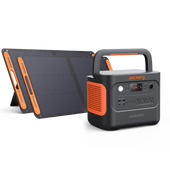

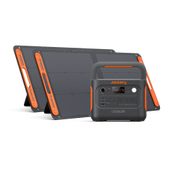
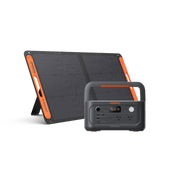
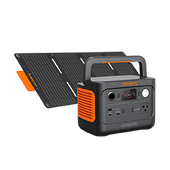


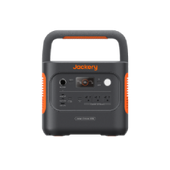
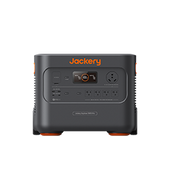
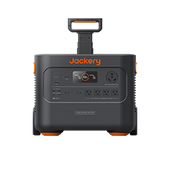

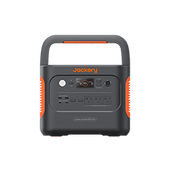
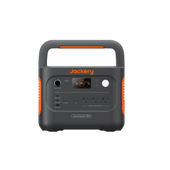
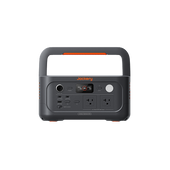

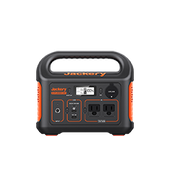
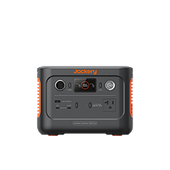

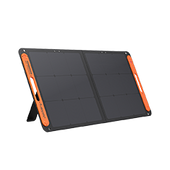

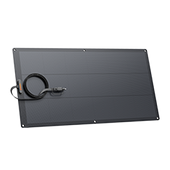
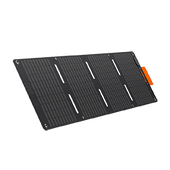
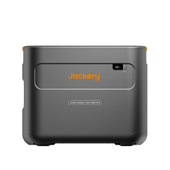
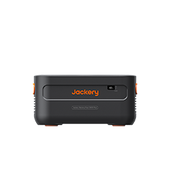
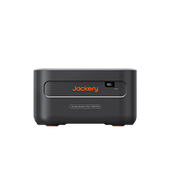
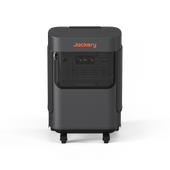
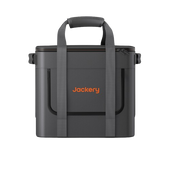

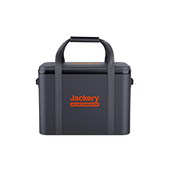
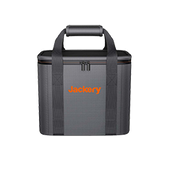
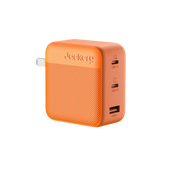
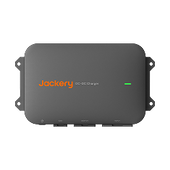
![[Add-on] Jackery Manual Transfer Switch for Explorer 5000 Plus](http://ca.jackery.com/cdn/shop/files/add-on-jackery-manual-transfer-switch-for-5000-plus-240V.webp?v=1757043692&width=170)
